Acne Treatment Selector
Find Your Best Acne Treatment
This tool recommends the most suitable acne treatment based on your skin type, acne type, and desired results speed. Select your preferences to get personalized recommendations.
Recommended Treatment
RecommendedWhy this works for you:
Tip: Always patch test new products and use sunscreen daily.
When tackling acne, Benzoyl Peroxide is a topical oxidizing agent that kills acne‑causing bacteria and helps unclog pores. It’s one of the most widely recommended over‑the‑counter (OTC) options, but the market is crowded with other actives that promise similar or even better results. If you’ve ever stared at a shelf of acne products and wondered whether you should stick with the classic or try something new, this guide breaks down the science, side‑effects, and use‑case scenarios for the biggest alternatives.
Why Benzoyl Peroxide Remains a Benchmark
First, let see why benzoyl peroxide (BP) earned its reputation. The molecule releases free radicals that destroy Cutibacterium acnes (formerly Propionibacterium acnes) - the bacteria that thrive in blocked pores. It also has a mild keratolytic effect, helping dead skin cells shed. Typical formulations range from 2.5 % to 10 % concentration, with higher strengths offering faster bacterial kill but also higher irritation risk.
- Onset of action: Often visible improvement within 1-2 weeks.
- Availability: Found in gels, creams, washes, and spot treatments.
- Safety profile: Generally safe for most skin types when used as directed; can cause redness, peeling, or dryness.
Understanding BP’s strengths and limits sets the stage for comparing it against other contenders.
Salicylic Acid - The Exfoliating Counterpart
Salicylic Acid is a beta‑hydroxy acid (BHA) that penetrates oily pores and dissolves the debris that fuels acne. Unlike BP, it doesn’t directly kill bacteria; instead, it clears the passageways, making it ideal for comedonal (blackhead‑whitehead) acne.
- Typical concentration: 0.5 %-2 % in OTC products, up to 5 % in professional formulations.
- Speed of results: Visible smoothing in 2-3 weeks; may take longer for inflammatory lesions.
- Side effects: Mild stinging, especially on broken skin; generally less irritating than high‑strength BP.
Salicylic acid pairs well with benzoyl peroxide in layered regimens, but when you need a single‑ingredient solution for clogged pores, it often wins the vote.
Azelaic Acid - The Multifunctional Gentlemen
Azelaic Acid is a naturally occurring dicarboxylic acid that offers antibacterial, keratolytic, and anti‑inflammatory actions. Concentrations of 10 %-15 % are available OTC, while prescription formulas reach 20 %.
- Benefits: Reduces redness, fades post‑inflammatory hyperpigmentation, and is safe for sensitive skin.
- Onset: 4-6 weeks for noticeable acne reduction; 8-12 weeks for pigment improvement.
- Tolerability: Low irritation, making it a go‑to for rosacea‑prone acne sufferers.
Because azelaic acid covers several acne pathways, it’s a solid alternative when you want fewer side‑effects than BP.
Tea Tree Oil - The Natural Antimicrobial
Tea Tree Oil is an essential oil extracted from the leaves of Melaleuca alternifolia. Its main active component, terpinen‑4‑ol, exhibits antibacterial properties. In acne care, it’s typically diluted to 5 %-10 % in carrier oils or gels.
- Effectiveness: Studies show a reduction in lesion count comparable to 5 % benzoyl peroxide, but results are more variable.
- Advantages: Natural label, pleasant scent, minimal dryness.
- Drawbacks: Potential for allergic contact dermatitis; can be photosensitizing if not fully evaporated.
Tea tree oil works best for mild to moderate breakouts and for users who prioritize plant‑based ingredients.
Retinoids - The Prescription‑Strength Peeler
Retinoids (e.g., adapalene, tretinoin) are vitamin A derivatives that normalize skin cell turnover. While not a direct antibacterial, they prevent pore blockage and reduce inflammation.
- Typical use: 0.1 %-0.3 % adapalene OTC; higher strengths prescription.
- Results timeline: 8-12 weeks for notable acne improvement.
- Side‑effects: Initial irritation, peeling, and photosensitivity; requires diligent moisturizing.
Retinoids are often combined with benzoyl peroxide for synergistic action, but if you can’t tolerate BP’s bleaching effect, a retinoid alone is a powerful alternative.
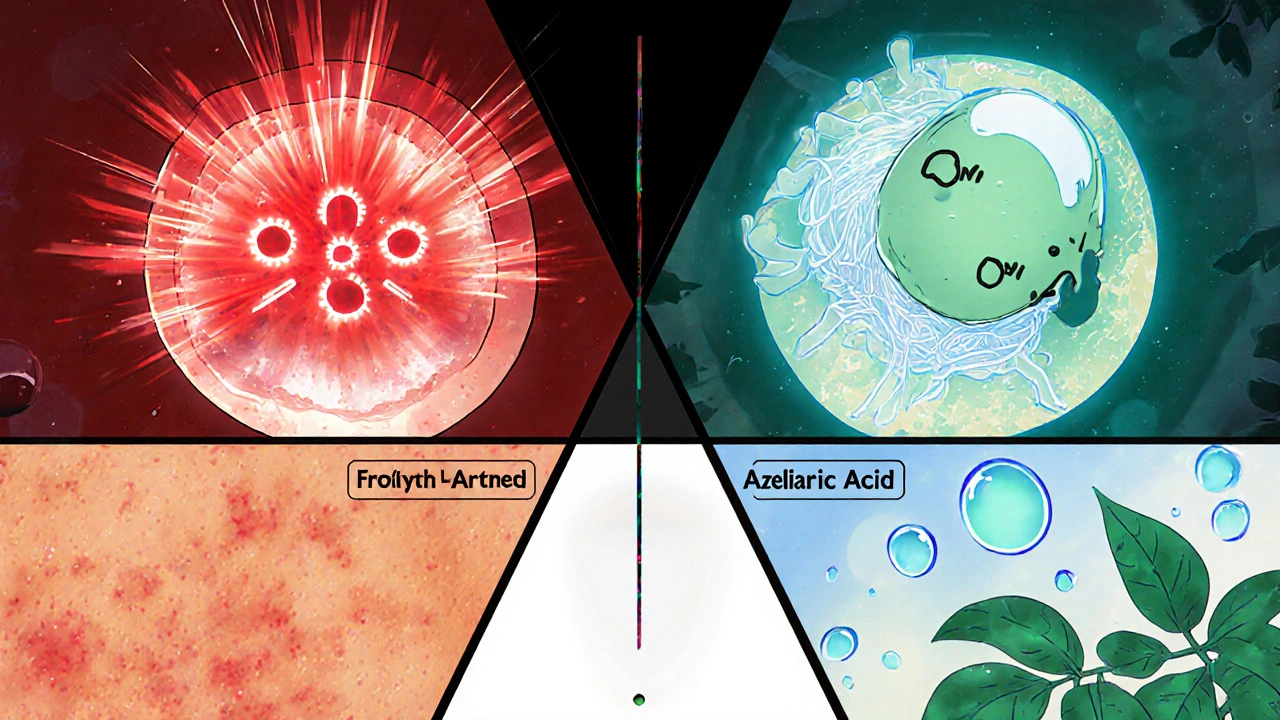
Sulfur - The Old‑School Remedy
Sulfur is a mineral that reduces excess oil and has mild antibacterial properties. It appears in masks, spot treatments, and washes, usually at 3 %-10 % concentrations.
- Pros: Low cost, non‑bleaching, suitable for very sensitive skin.
- Cons: Strong odor, can be drying if over‑used.
- Speed: Moderate; improvements typically seen after 3-4 weeks.
For those who dislike the white‑flaking effect of BP, sulfur offers a discreet, fragrance‑free route to clearer skin.
Alpha Hydroxy Acids (AHAs) - The Surface Smoother
Alpha Hydroxy Acids, such as glycolic and lactic acid, exfoliate the skin’s outer layer, promoting faster turnover. Concentrations range from 5 % to 15 % in OTC serums and peels.
- Primary function: Improves texture and reduces comedones.
- Limitations: Does not address bacterial overgrowth; can increase sun sensitivity.
- Best use: As a complement to antibacterial agents, or for mild acne with prominent hyperpigmentation.
AHAs are not a direct substitute for BP, but they can replace it in regimens focused on surface refinement.
Vitamin C & Niacinamide - The Brightening Duo
While primarily known for antioxidant and brightening benefits, Vitamin C and Niacinamide also exhibit mild anti‑inflammatory and sebum‑regulating effects.
- Vitamin C (L‑ascorbic acid): 10 %-20 % serums reduce post‑acne marks and support collagen.
- Niacinamide: 4 %-5 % concentrations calm redness and strengthen the skin barrier.
- Combination strategy: Use after BP or any other acne active to mitigate irritation and improve overall complexion.
These ingredients aren’t full replacements for a bacterial kill, but they are valuable for users seeking a gentler, multi‑benefit approach.
Head‑to‑Head Comparison Table
| Parameter | Benzoyl Peroxide | Salicylic Acid | Azelaic Acid | Tea Tree Oil | Retinoids | Sulfur |
|---|---|---|---|---|---|---|
| Main Action | Antibacterial + mild keratolysis | Keratin dissolution in pores | Antibacterial + anti‑inflammatory | Antimicrobial (terpinen‑4‑ol) | Cell turnover normalization | Oil reduction + antibacterial |
| Typical OTC Strength | 2.5 %-10 % | 0.5 %-2 % | 10 %-15 % | 5 %-10 % (diluted) | 0.1 %-0.3 % (adapalene) | 3 %-10 % |
| Onset of Visible Improvement | 1-2 weeks | 2-3 weeks | 4-6 weeks | 2-4 weeks (variable) | 8-12 weeks | 3-4 weeks |
| Common Side‑Effects | Dryness, redness, bleaching of fabrics | Mild stinging | Rare irritation | Allergic dermatitis | Peeling, photosensitivity | Odor, dryness |
| Best For | Inflammatory acne, fast results | Blackheads/whiteheads | Sensitive skin, hyperpigmentation | Mild acne, natural‑product lovers | Comedonal & inflammatory acne, anti‑aging | Very sensitive skin, low‑budget |

How to Choose the Right Ingredient for Your Skin Type
Pick your acne hero based on three simple criteria: skin sensitivity, lesion type, and speed of results you need.
- Sensitivity check: If you regularly experience burning or have rosacea‑like redness, lean toward azelaic acid, sulfur, or low‑strength retinoids.
- Lesion profile: For clogged pores without much inflammation, salicylic acid or AHAs work wonders. For pus‑filled papules, benzoyl peroxide or tea tree oil are more direct.
- Timeline preference: Need quick clearance? Benzoyl peroxide (2‑5 %) gives visible change in weeks. If you can wait for smoother skin and less irritation, start with niacinamide + vitamin C and add a gentler antibacterial later.
Remember, layering too many actives can backfire. A good rule: only combine a bacterial agent with one exfoliant at a time, and always finish with a moisturizer.
Common Pitfalls and Pro Tips
- Pitfall: Over‑using benzoyl peroxide and bleaching your pillowcase.
Tip: Switch to white or dark‑colored linens and wash them after each use. - Pitfall: Applying tea tree oil undiluted and getting a rash.
Tip: Use a carrier like aloe gel or a silicone base to keep the concentration safe. - Pitfall: Skipping sunscreen while using retinoids or AHAs.
Tip: Apply SPF 30+ every morning, regardless of indoor time. - Pitfall: Relying on a single product for months.
Tip: Rotate actives every 6-8 weeks to prevent tolerance and keep skin responsive.
Putting It All Together - Sample Regimens
Below are three starter routines that blend benzoyl peroxide with alternatives, depending on your skin’s tolerance.
Routine A - Fast‑Acting for Inflammatory Breakouts
- Morning: Cleanse → Benzoyl Peroxide 5 % spot treatment → lightweight moisturizer → SPF 30.
- Evening: Cleanse → Salicylic Acid 2 % serum → non‑comedogenic moisturizer.
Routine B - Sensitive Skin with Hyperpigmentation
- Morning: Cleanse → Azelaic Acid 15 % cream → moisturizer with niacinamide → SPF 30.
- Evening: Cleanse → Retinoid (adapalene 0.1 %) → barrier‑repair cream.
Routine C - Natural‑Product Friendly
- Morning: Cleanse → Tea Tree Oil 5 % in gel → aloe‑based moisturizer → SPF 30.
- Evening: Cleanse → Sulfur mask (once weekly) → vitamin C serum on off‑days.
Adjust frequencies based on how your skin responds. The goal is consistent, gentle progress, not a sudden flare.
Bottom Line
There’s no one‑size‑fits‑all answer. Benzoyl peroxide delivers rapid bacterial knock‑down, but alternatives like salicylic acid, azelaic acid, tea tree oil, retinoids, sulfur, and AHAs each bring unique strengths. By matching the active’s primary action to your acne type and skin tolerance, you can build a regimen that clears breakouts while keeping irritation low.
Can I use benzoyl peroxide and salicylic acid together?
Yes, they can complement each other-BP kills bacteria while salicylic acid clears pores. Apply BP in the morning and salicylic acid at night, and always follow with a moisturizer to prevent dryness.
Is benzoyl peroxide safe for pregnant women?
Benzoyl peroxide is generally considered low risk, but doctors often recommend sticking to milder options like azelaic acid or sulfur during pregnancy. Always check with your healthcare provider.
Why does my clothing bleach after using benzoyl peroxide?
Benzoyl peroxide releases oxygen radicals that can oxidize fabric dyes. Switch to dark‑colored or white linens, and wash garments promptly after contact.
How often should I apply tea tree oil for acne?
Start with once daily on clean skin. If you tolerate it well, you can increase to twice daily. Discontinue if you notice irritation or redness.
Can I replace benzoyl peroxide with a vitamin C serum?
Vitamin C is great for brightening and reducing post‑acne marks, but it doesn’t kill acne‑causing bacteria. If you need antimicrobial action, keep a low‑strength BP or switch to azelaic acid.
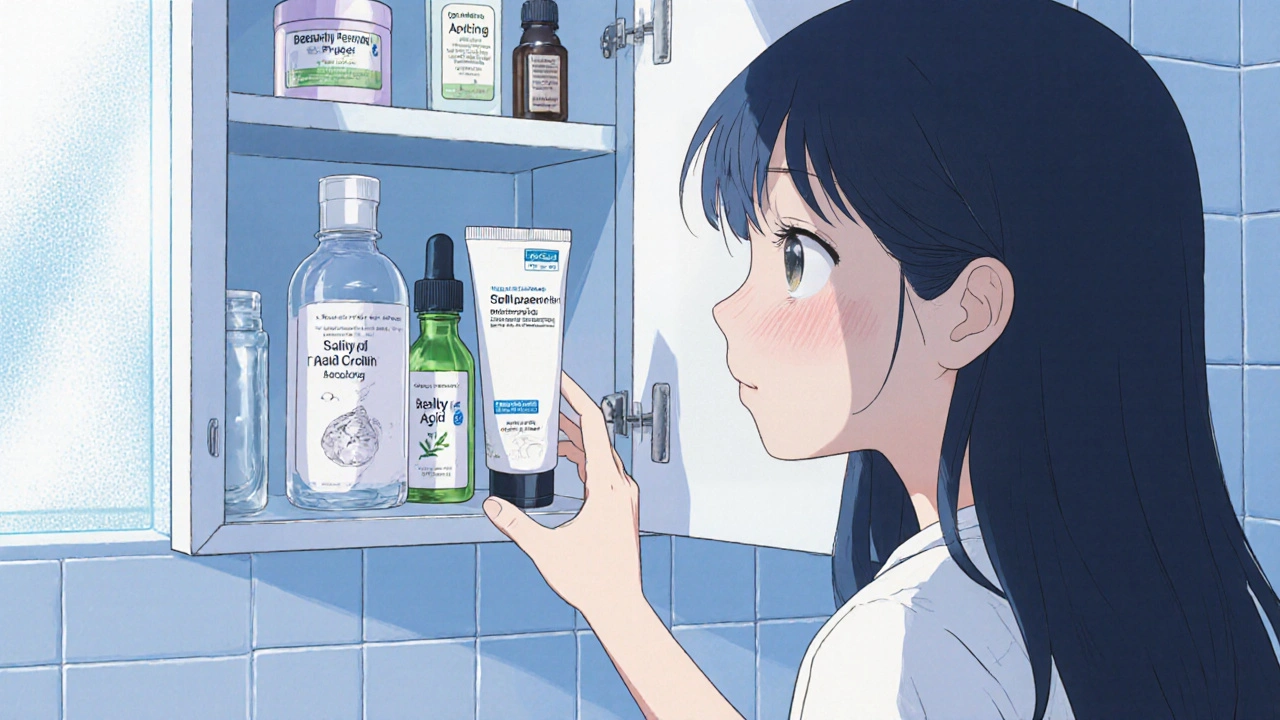


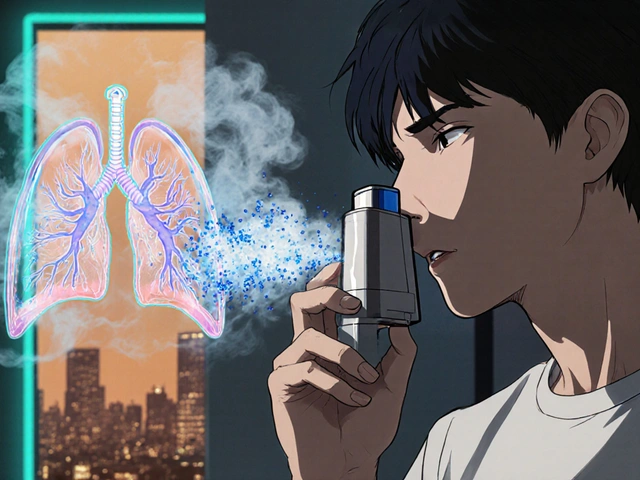
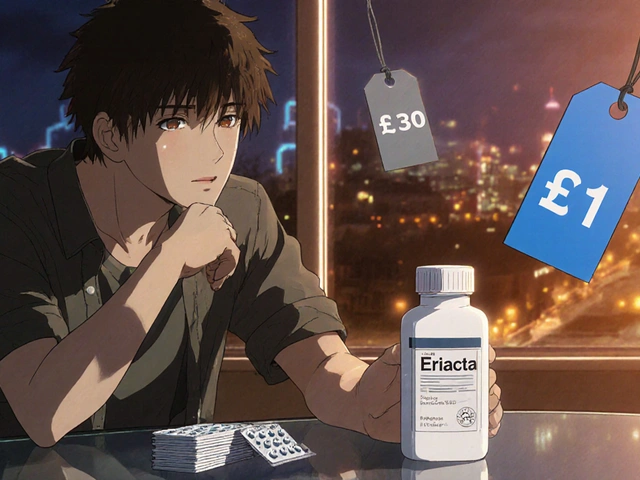
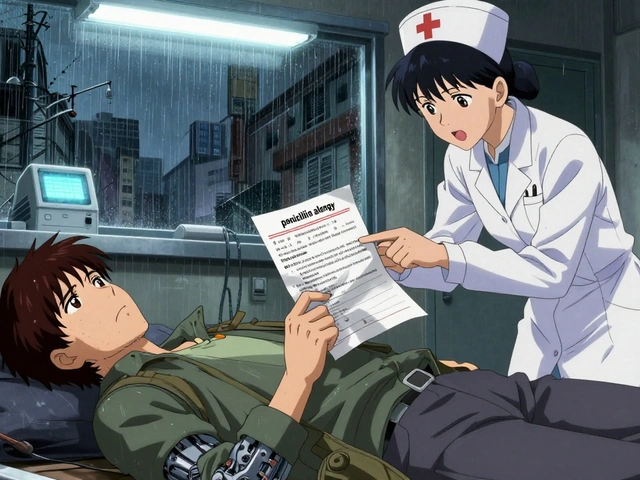
Javier Muniz
October 23, 2025 AT 21:41Hey folks, great breakdown here! If you’re just starting out, I’d suggest picking a low‑strength benzoyl peroxide (around 2.5 %) and pairing it with a gentle moisturizer. This way you get the antibacterial punch without overwhelming sensitive skin. Remember to introduce new actives slowly-give each product about two weeks to show its effect before stacking another. And don’t forget sunscreen; both BP and retinoids can make you more UV‑sensitive. Keep your routine simple, stay consistent, and you’ll see progress without the drama.
Sarah Fleming
October 26, 2025 AT 04:14Honestly, the whole "just use benzoyl peroxide" narrative is a ruse orchestrated by big‑pharma to keep us dependent on their overpriced OTC empire. They hide the truth that natural alternatives like tea tree oil are being suppressed by shadowy lobbyists. You’re being fed a sanitized version of dermatology while the real cure‑all is kept under lock‑and‑key. Wake up, people, and demand transparency before you let another chemical regime dictate your skin’s destiny!
Debra Johnson
October 28, 2025 AT 11:47While the conspiratorial rhetoric presented above may appear compelling, it ultimately neglects the empirical data that underpins the efficacy of benzoyl peroxide; clinical trials consistently demonstrate a statistically significant reduction in inflammatory lesions within a two‑week window. Moreover, the claim that "big‑pharma" suppresses tea tree oil fails to acknowledge the extensive meta‑analyses which reveal a heterogeneous response rate, often contingent upon proper dilution and patient adherence. One must also consider the mechanistic distinction: benzoyl peroxide exerts a bactericidal effect via oxidative stress, directly targeting Cutibacterium acnes, whereas tea tree oil’s terpinen‑4‑ol component offers a comparatively modest antimicrobial action. It is therefore intellectually dishonest to equate the two without accounting for pharmacodynamics, dosage standardization, and safety profiling. In practice, a judicious combination-low‑strength benzoyl peroxide in the morning, followed by a salicylic acid serum at night-optimizes both bacterial suppression and comedolytic activity, while maintaining barrier integrity through adequate moisturization. Patients with heightened sensitivity may indeed benefit from azelaic acid, whose anti‑inflammatory properties provide a gentler therapeutic avenue; however, this does not invalidate the foundational role of benzoyl peroxide in the acne treatment armamentarium. Finally, let us not overlook the importance of patient education regarding fabric bleaching; the oxidative radicals released by benzoyl peroxide can indeed oxidize dyes, a phenomenon well‑documented in dermatologic literature-simple mitigation strategies such as using dark‑colored linens or washing affected garments promptly are both effective and inexpensive. In sum, while alternative agents have their place, the preponderance of evidence supports benzoyl peroxide as a cornerstone therapy when employed responsibly.
Ed Mahoney
October 30, 2025 AT 19:21Wow, look at all the fluff. People act like they need a PhD to pick a spot treatment. Just slap on the 5% BP and move on-any extra steps are just marketing hype. If you’re scared of a little dryness, grab a cheap moisturizer and call it a day.
Andrew Wilson
November 2, 2025 AT 02:54Listen, the real issue isn’t the product, it’s the mindset. You can’t keep buying quick fixes and expect lasting change. If you treat your skin like a project, you’ll actually learn what it tolerates. So, use that 5% BP, but also commit to a simple routine: cleanse, treat, moisturize, repeat. It’s not just skin care-it’s about respecting your body.
Narasimha Murthy
November 4, 2025 AT 10:27From a methodological standpoint, the prevailing endorsement of benzoyl peroxide often disregards the principle of least‑invasive intervention. While the oxidative mechanism is undeniably effective, the risk‑benefit ratio can be suboptimal for individuals with compromised barrier function. Consequently, a more nuanced algorithm-initiating therapy with low‑dose azelaic acid, then escalating to benzoyl peroxide only if necessary-might better serve the heterogeneity of patient presentations.
Kelvin Egbuzie
November 6, 2025 AT 18:01Sure, the “algorithm” sounds scientific, but it’s just a convenient way for the industry to keep us hooked on endless product cycles. 🤔🔍 The real answer is hiding in plain sight-nature’s own antimicrobial pathways, which they deliberately ignore. 😒🕶️
Katherine Collins
November 9, 2025 AT 01:34Cool info, thanks! 😊